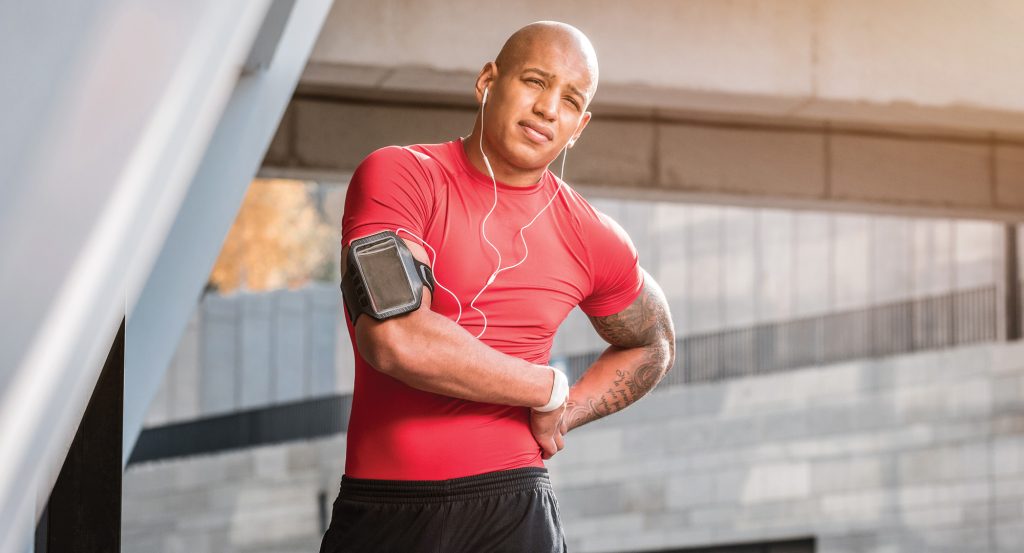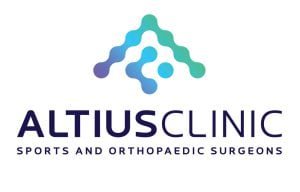- Sponsored Content

Hip pain is a common problem. It can restrict your ability to stay fit and active and reduce function, and join our ANZA Sports groups! It can be especially debilitating when basic daily activities and regular exercise feels less easy and effortless. If the intensity is severe and persistent it can significantly affect quality of life beyond sport and fitness. Indeed, chronic pain causes a limitation in physical activity which can have an impact on the mental wellbeing of you and those around you. But all is not lost. There are ways to understand symptoms and reduce the impact of hip pain.
What are the most common causes of hip pain?
The hip is a complex joint with many surrounding structures which means it can sometimes be difficult to determine exactly where pain is coming from. Discomfort can arise from within the hip joint, from the muscles and tendons around the joint, or from other areas such as the base of the spine. Irrespective of the cause, most cases can be resolved with rest, time and physical therapy.
Why is the pain not improving?
If your pain isn’t improving, you may have osteoarthritis (wear and tear) of the hip joint. This can begin much earlier in life than you may realise. Those in their forties and fifties commonly suffer from osteoarthritis, especially if they’ve had previous injuries or surgery to the hip.
Osteoarthritis occurs when the cartilage (the smooth surface of the joint) wears away. As it progresses, the level of pain experienced increases. You might also feel stiffness and a decreased range of motion.
“Hip replacement surgery has advanced dramatically over the past twenty years”
How do I know if osteoarthritis is causing my pain?
An x-ray of the hip joint and an MRI scan is routinely performed to diagnose osteoarthritis.
Can I keep exercising with hip osteoarthritis?
Yes, you can and should continue to exercise, but you may need to alter your exercise routine, moving away from high impact and endurance activities to more resistance and cyclical activity. Doing this can reduce pain, help maintain a good range of motion, and keep muscles and tendons in optimal condition.
Aren’t hip replacements just for the elderly?
Age is not a limitation. Many younger people have replacements due to the severity of their symptoms and the impact pain is having on their life. They’re designed to stop the problem, boost mobility in the joint and enhance day-to-day living. Hip replacement surgery has advanced dramatically over the past twenty years, with a significant improvement in the quality and longevity of the implants, many lasting over twenty years.
Today there are many different types of hip replacements and ways to perform the surgery. It’s important to have an informed discussion regarding which is best for you and what the long-term implications are. Choosing the right surgeon with an applicable amount of experience has been shown to be essential for receiving the best outcome. The good news is, most people return to a high level of function, including sports, within six months of undergoing surgery.

Dr Gavin O’Neill is an Orthopaedic Surgeon specialising in hip and knee conditions. He trained in the UK and Australia. If you’re having issues with hip or knee pain contact us at Altius Clinic, Sports and Orthopaedic Surgeons for an appointment. altiusclinic.sg
 Altius Clinic Sports and Orthopaedic Surgeons
Altius Clinic Sports and Orthopaedic Surgeons
290 Orchard Road, #09-11/12 Paragon, 238859
contact@altiusclinic.sg
+65 8500 3961 +65 6970 1518








